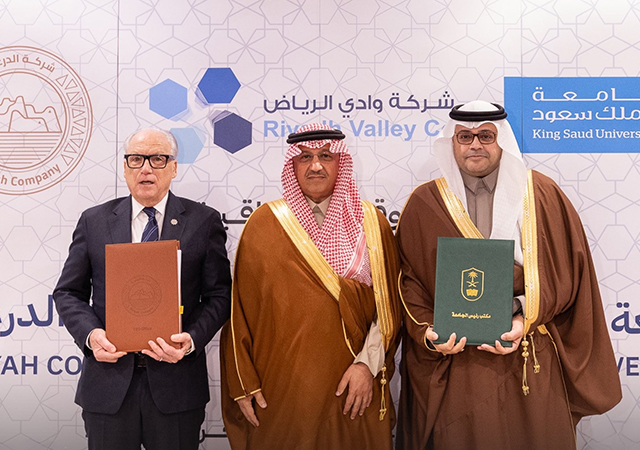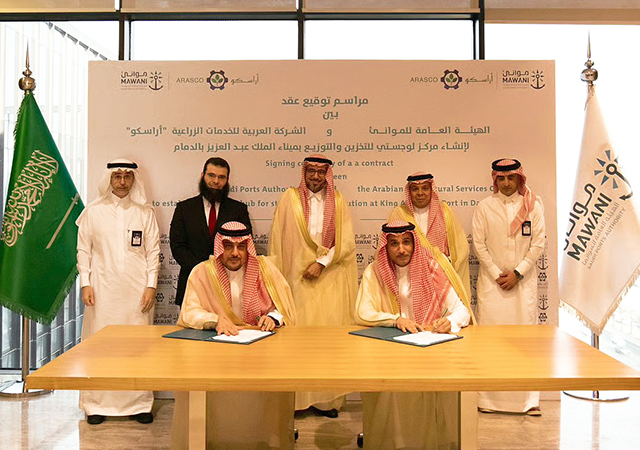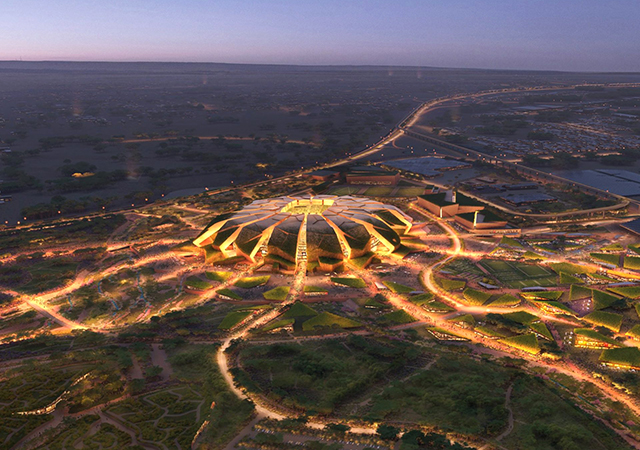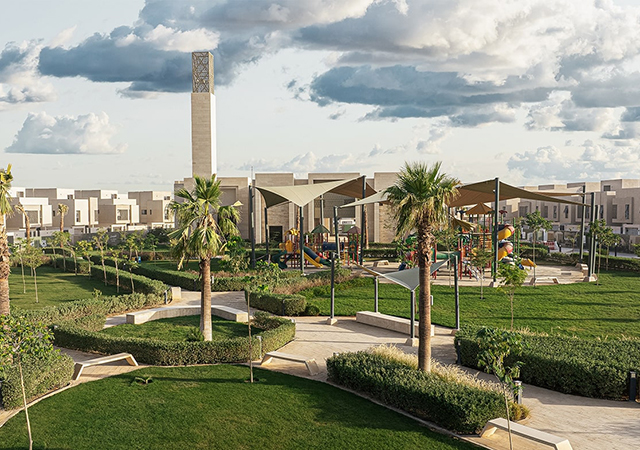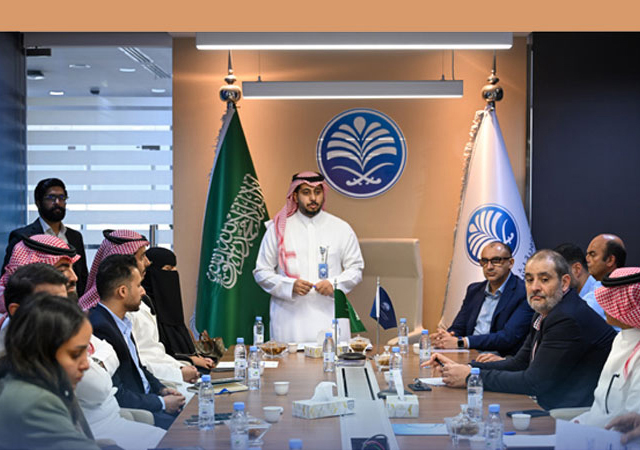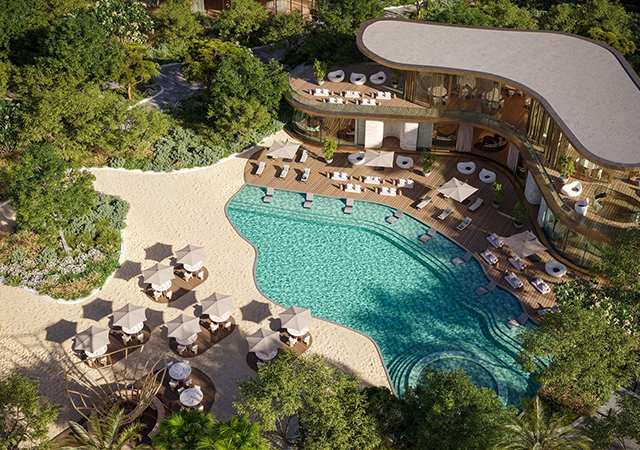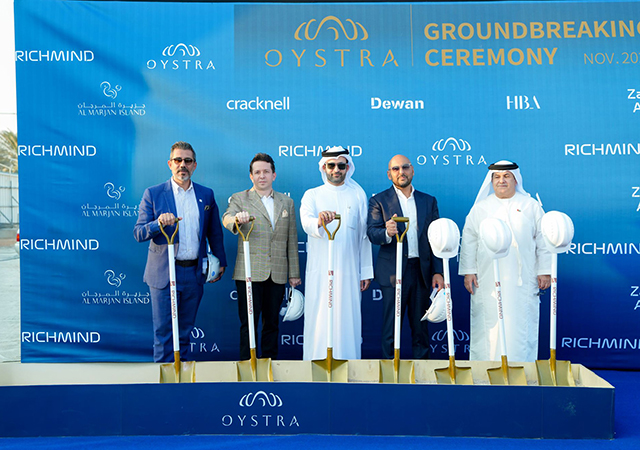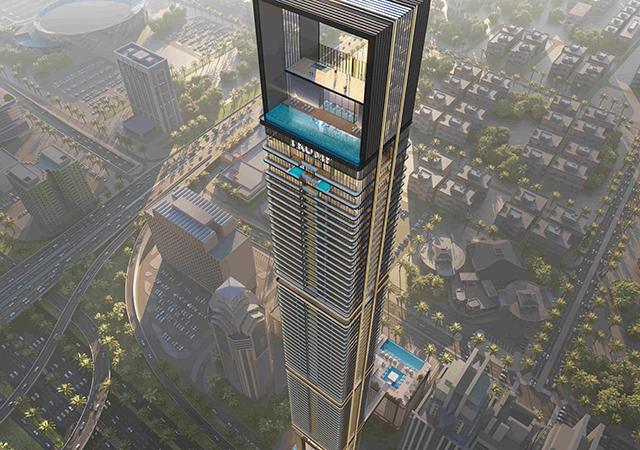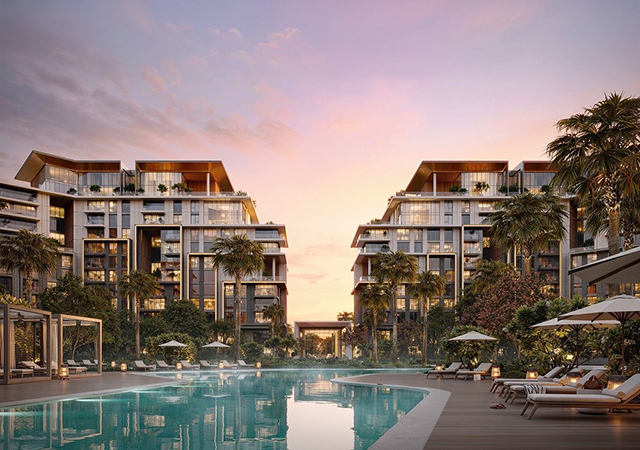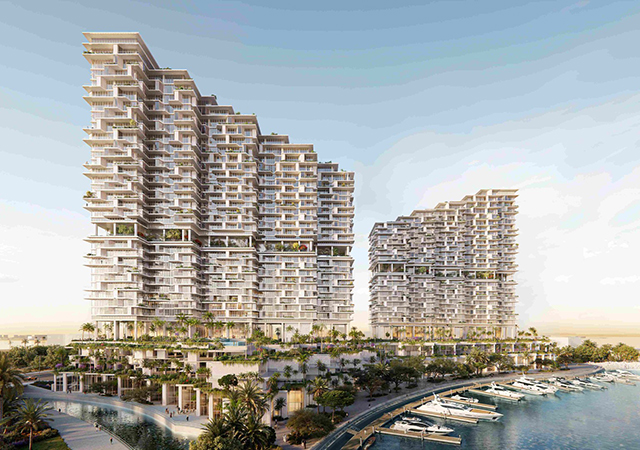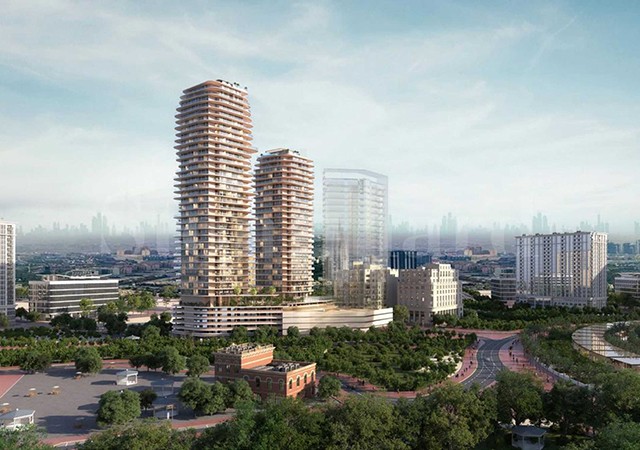 Integrated lighting control and automation systems ... effective energy management tools.
Integrated lighting control and automation systems ... effective energy management tools.
TODAY’S building owners — residential and commercial — are increasingly demanding advanced levels of controllability over their facilities.
As a result, automated control systems, dedicated to services such as lighting, temperature, audio visual and blind control, are becoming commonplace.
Somewhat ironically, the proliferation of such control systems is being shadowed by the increased requirement for highly energy-efficient performance.
Historically, separate vendors supplied control systems for each application. Yet, while individual control systems go some way to achieving accurate control and streamlined management of building services, building owners are rapidly becoming aware of the benefits of implementing a single integrated system from which all services can be controlled. The challenge here, however, is to integrate the separate control systems in such a way as to avoid duplication of infrastructure, permit the sharing of information between control systems and provide future-proofing for new and developing technologies.
Lighting control systems with the ability to incorporate third-party systems are emerging as a critical component of such integrated systems. Furthermore, by implementing a fully-integrated lighting control solution with connectivity to the building management system (BMS), building owners can realise high levels of system controllability, interoperability and scalability, as well as significant energy savings.
Integrated information
Interoperability between individual ‘best-of-breed’ control systems is the key to successful integration. The challenge here is to integrate multiple systems, while still maintaining the high levels of specialised functionality of each individual control system. There are many ways of achieving this. One approach is to attempt to interconnect all systems on a single network using a single communication protocol. This can work, but tends to limit the functionality of the overall system. An alternative method is to interconnect separate systems in a way that enables the overall system to leverage and share available data irrespective of the communication protocols, while also ensuring that the functionality of individual control systems remains unchanged.
As a result, there is an emerging trend for building owners to incorporate a TCP/IP-based Ethernet network or building services LAN (BSL) — separate from the traditional LAN. A BSL provides an efficient platform, or backbone, for various control systems to interconnect with each other using a range of separate communications protocols.
Here, each of the various control systems can be completely isolated from the others, or made selectively visible using simple masking techniques and gateway software, thus creating a truly-integrated system. This approach has the potential to put to bed all of the arguments as to whose system is the best. The reality is that the best system is the one that works.
More so than most dedicated control systems, lighting control has unique requirements not readily supported by traditional automation protocols. In fact, systems capable of accommodating complex lighting control applications require a level of sophistication that is not practical to implement in generic control systems. As a result, a number of different lighting control systems capable of accommodating complex functionality and incorporating the control of new and legacy lighting load-types (such as LED and OLED) are emerging.
The ability to support multiple communications protocols — such as DCOM, OPC, LonWorks, BacNet, DMX512, RS232, RS485, TCP/IP, Infrared, Dali and Modbus – is a feature essential to such lighting control systems. This allows separate control systems to share information, such as status and control functions, and goes some way to permitting high levels of interoperability. Further interoperability can be achieved via the use of Ethernet gateways, which enable point-to-point or broadcast linking to other control systems and browser-based control.
Such levels of control system integration mean that system designers can avoid designing and installing individual networks. Instead, a single network can be used to access and distribute complex lighting directives and other control system information. Lighting control systems that support multiple communications protocols permit third-party systems to be easily integrated into this central communications loop.
Efficient by nature
Moving forward, there is an increasing push for lighting solutions providers to engineer lighting control systems that actually return dividends to the building owner in the form of energy savings. This movement is complemented by the evolution of building regulations, and the increased value placed on environmental design and performance rating tools. Here, integration plays a major role.
By their very nature, integrated lighting control and automation systems are an effective energy management tool. By simply ensuring lighting is only activated when and where it is required, energy savings can be realised and money saved. In fact, the majority of building regulations can only be satisfied with the aid of an integrated lighting control system that offers high levels of ‘granular’ control. These systems are fast becoming essential to energy-efficient building management.
For example, smart lighting systems with presence-sensing and zoning capabilities can be configured to establish which areas of the building are in use; such areas and routes to these areas are kept illuminated, with the lighting shut-off in unused areas. Of course, in true integrated control architectures, this information can be shared with other control systems, which are then able to trigger a pre-programmed response of their own. In the case of temperature control systems, this would mean increasing or decreasing the temperature or shutting down altogether. The end result is that energy use is minimised.
Strategic management
As environmental performance regulations are tightened, lighting control solutions providers need to think outside the box to develop integrated lighting systems that actually empower building owners to control their lighting environment and reduce their energy burn.
An important and often underestimated consideration is accommodating changes within the building, once constructed. This is especially pertinent, as newer buildings are often designed to be flexible in their layout and functionality. Furthermore, over its lifetime, a building will experience ‘building churn’, where tenancies change, staff numbers fluctuate and office activities vary. Here, the lighting system must also be adaptable.
By implementing an integrated lighting control system that can accommodate this reconfiguration of the office space, and adopting a scalable, distributed approach to lighting control, building owners can avoid wasteful and intrusive lighting refurbishments and extend the lifetime of their lighting system.
Other energy-saving strategies that look set to gain popularity in the coming years include ‘daylight harvesting’ and luminaire-dimming functionality. Often, natural light levels need only be enhanced with small amounts of artificial light. Automated lighting control systems with luminaire-dimming functionality allow building owners to vary the amount of artificial light delivered to different areas of the building at different times of the day. This goes some way to reducing energy use during utility peak demand hours to take advantage of reduced electrical rates during off-peak hours.
LED the way
The emergence of LEDs as a commercial lighting option is an exciting prospect from an energy management perspective, as they draw significantly less current than incandescent bulbs and fluorescent luminaires. However, LED systems are going through a transition period from a purely decorative light source, into a replacement option for incandescent light sources, with the eventual possibility of replacing fluorescents. In fact, LED system development raises many practical control issues.
The ‘sticking point’ here is that there is no standard way of controlling LED fixtures. With a resolution seemingly a long way off, lighting control system providers need to accommodate current LED control methodologies, as well as provide scope to evolve with, and accommodate, new illumination technologies.
The challenge will be for lighting solutions providers to invest heavily in research and development to produce a whole new generation of controllers that can accommodate a variety of lighting systems. In the short term, enhancements to Dali controllers and phase-control dimmers, and new load-specific modules for modular controllers will go some way to addressing this LED transitional period so that energy-conscious building owners aren’t left in the lurch. There is also the longer-term challenge of integrating LED and OLED systems as well as emergency lighting systems, into one control scheme.
The functional and energy-saving potential of lighting control systems is an exciting prospect. Whether it’s building-wide controllability or world-class energy management, fully-integrated lighting control systems will be critical in the success of modern building developments. This, coupled with new illumination technologies, provides residential and commercial building owners with exciting opportunities as they move into a new era of lighting management.
* Australia-based Dynalite designs and manufactures lighting control and building automation solutions for architectural, commercial, home automation and energy management applications. Its knowledge and technical expertise places it at the forefront of the industry, particularly in the area of integrated lighting control solutions.



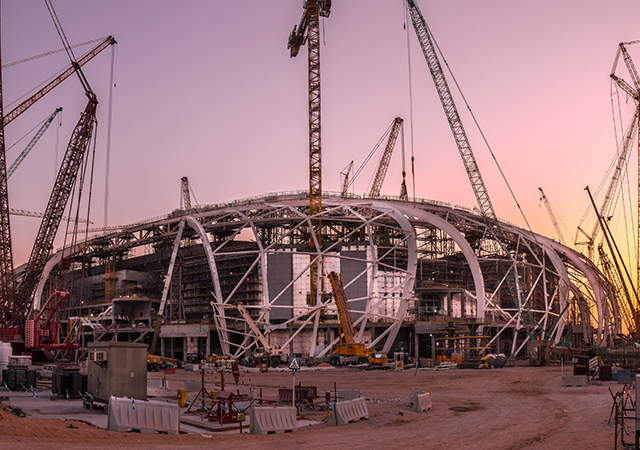
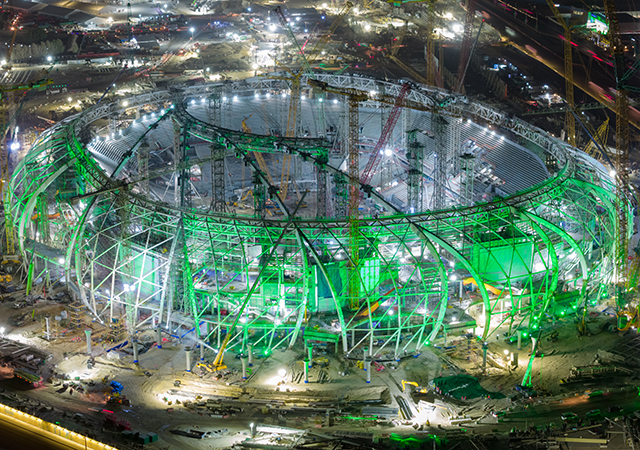
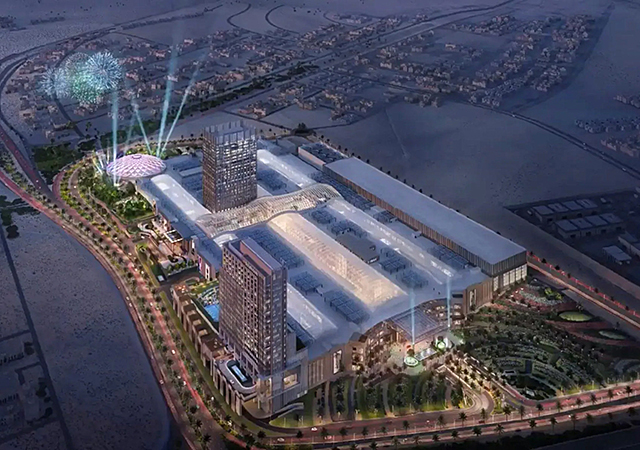

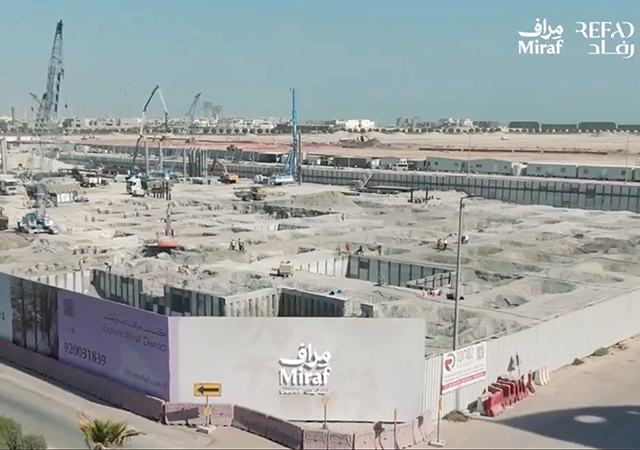
.jpg)



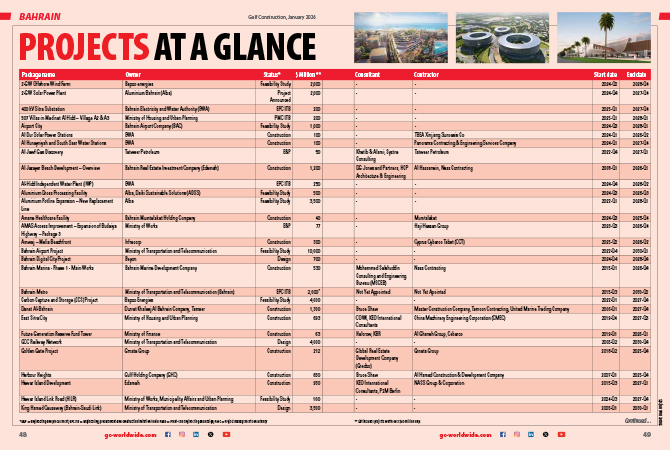
.jpg)
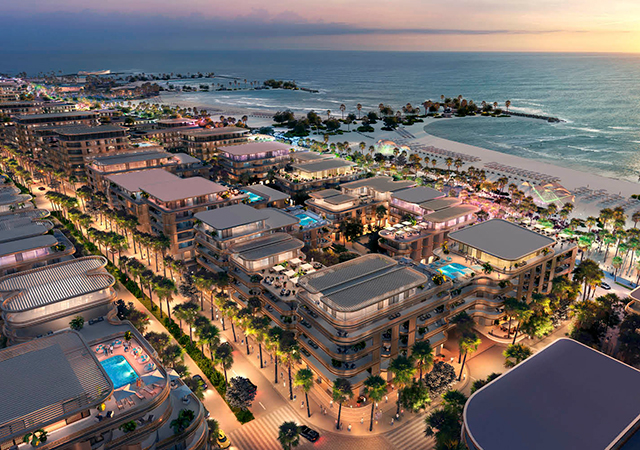
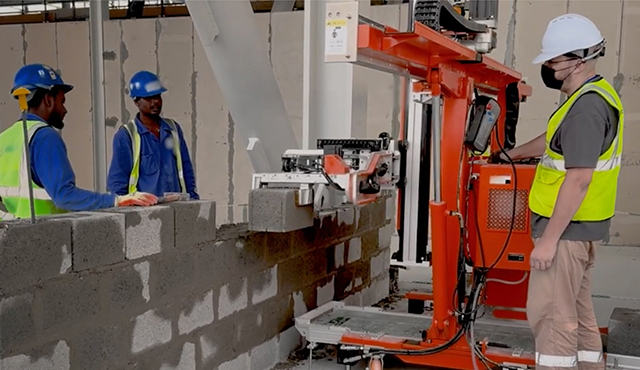
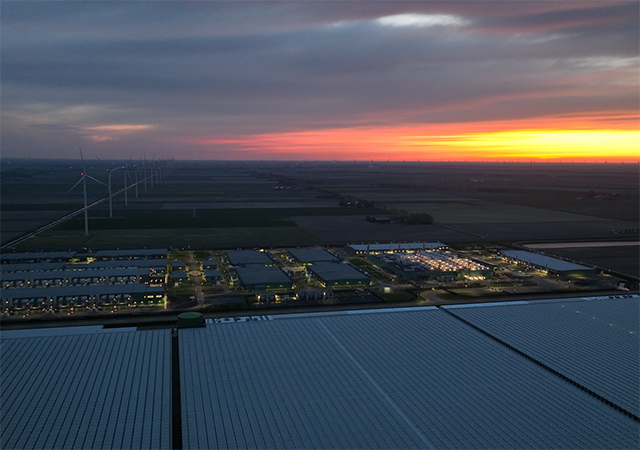
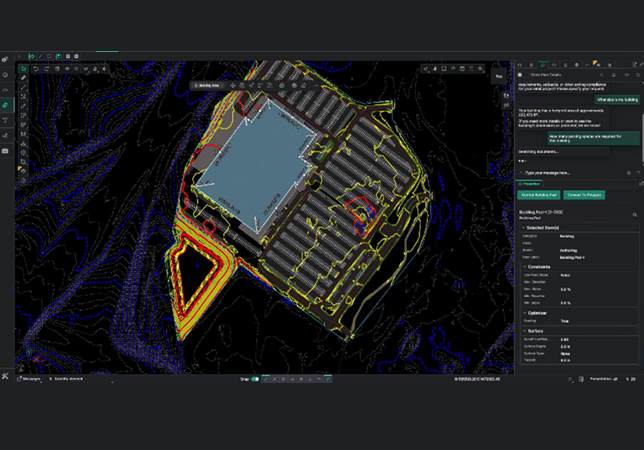
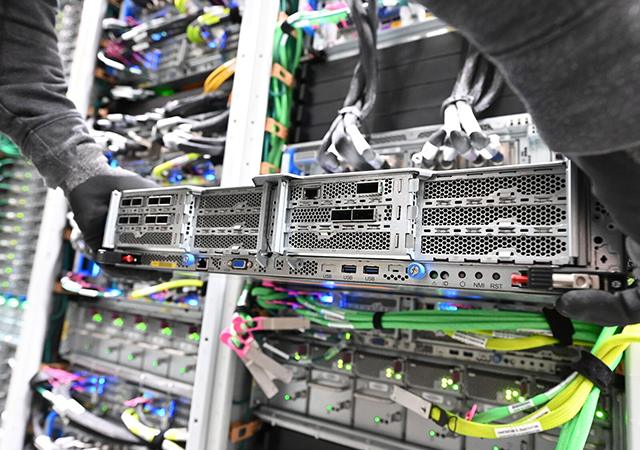
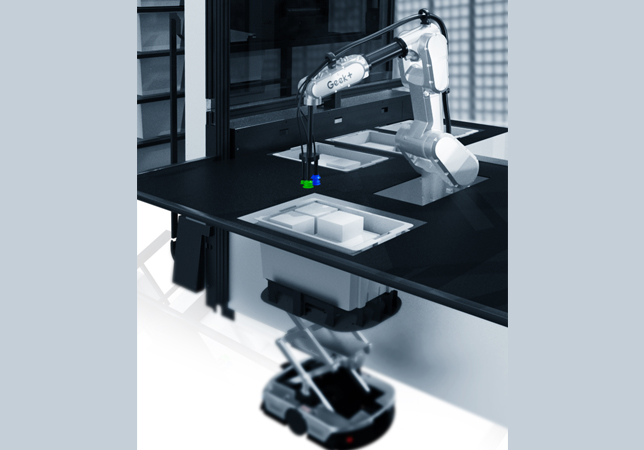


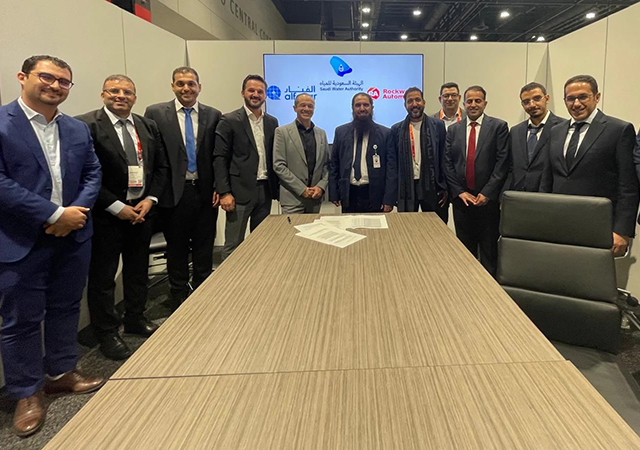

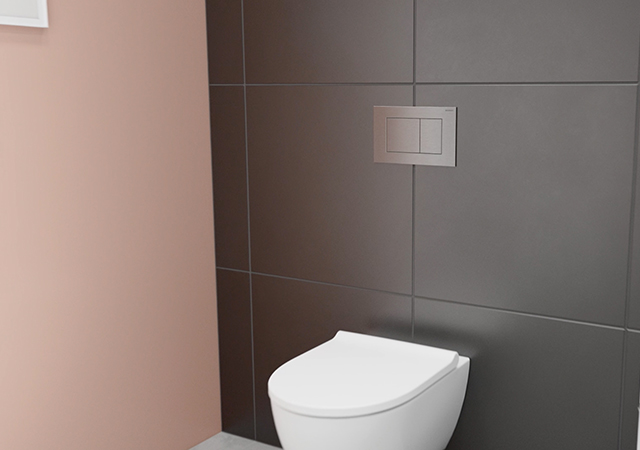



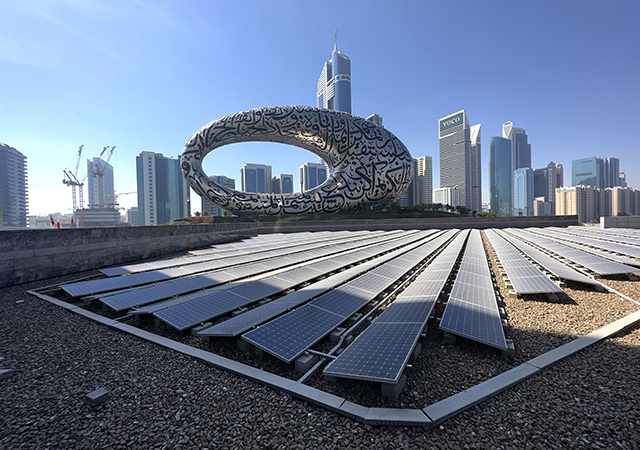
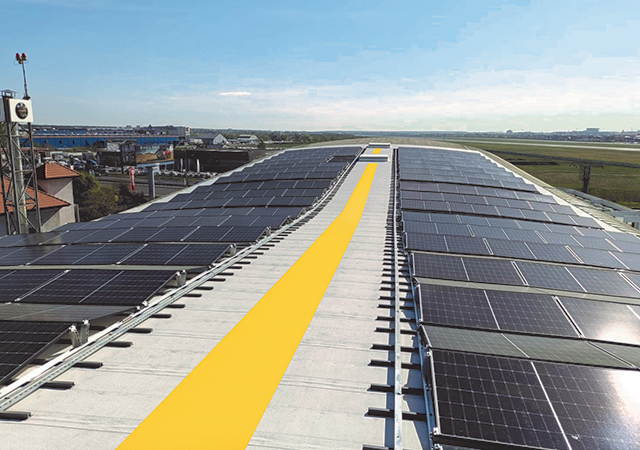
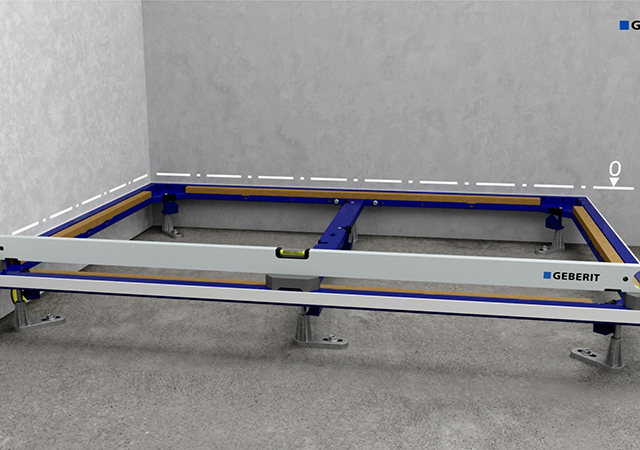

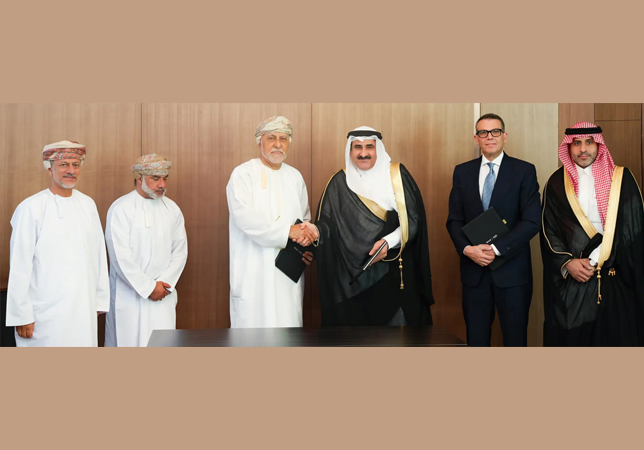
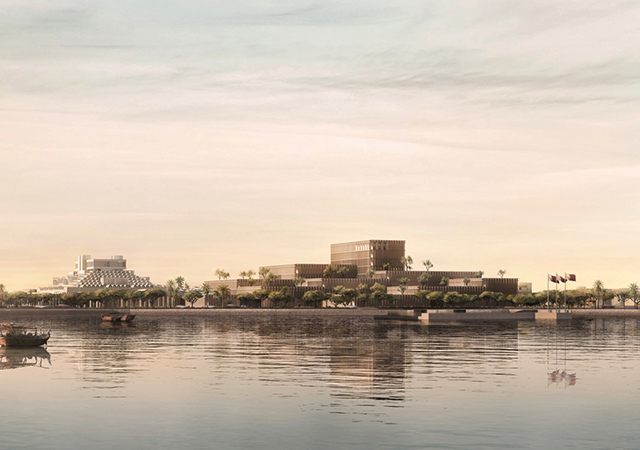



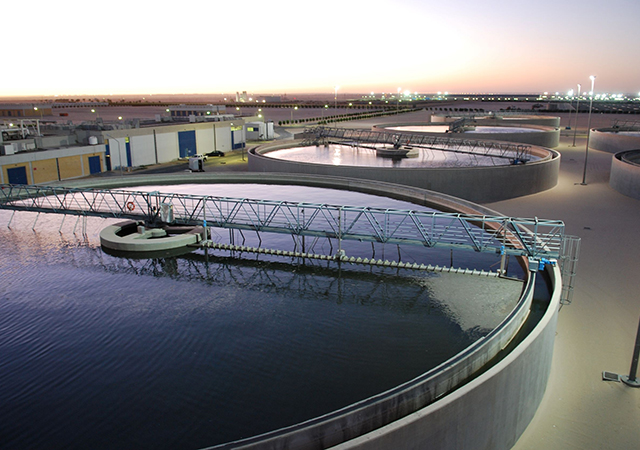
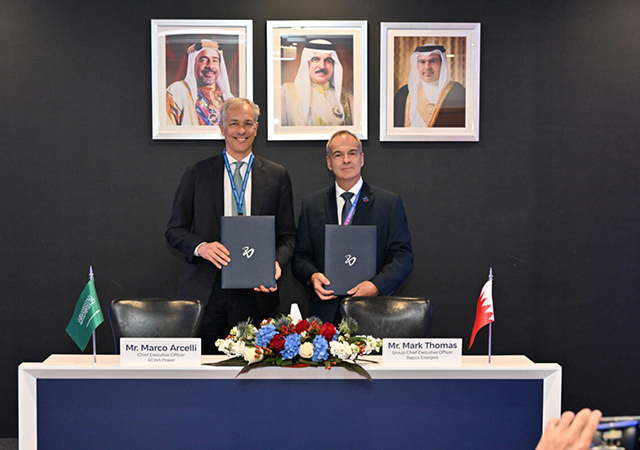

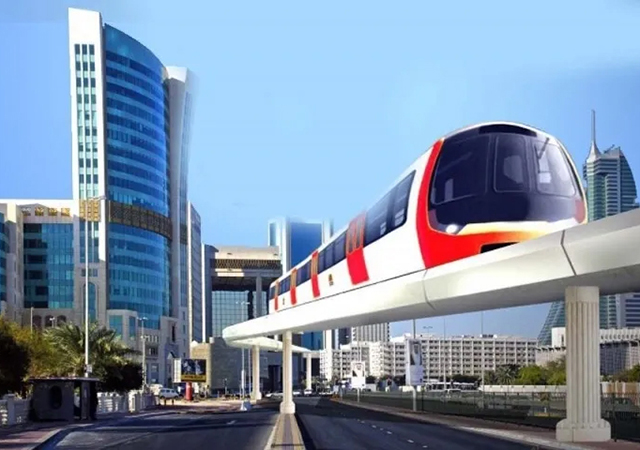
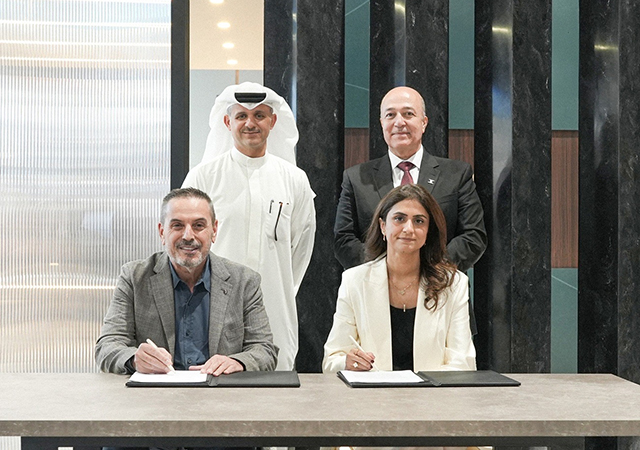
.jpg)
